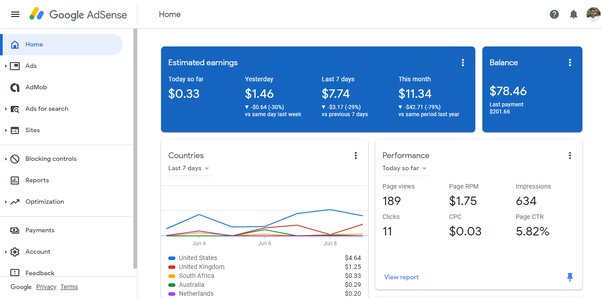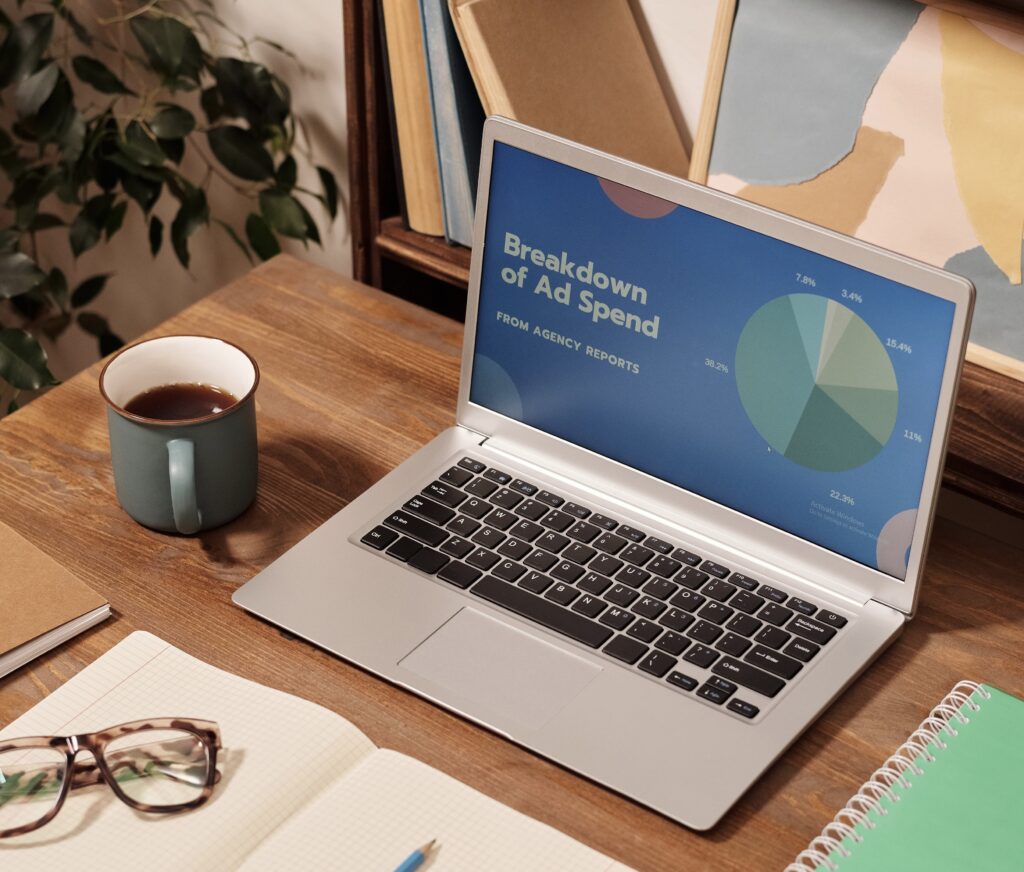
Ad monetization on YouTube Shorts will become a reality in early 2023.
YouTube has been known to be a very good platform for creators to get their work out there, but as of late, it’s been difficult for them to monetize their content. The average YouTube creative gets around $1-$2 for every 1,000 views on a video.
You could only replace a full-time income with this pay if you had a million views every month. Luckily, YouTube has started testing some new features that will help creators monetize their content even more than they used to be able to before.
YouTube Shorts could offer a fund for creators, but it was limited to the amount of money. In a past blog, I wrote about YouTube Shorts becoming the new TikTok, so you can see that they are highly beneficial and you can make some revenue from them. The problem is that the fund is only $100 million.
This means that eventually, that fund will run dry and content creators will get paid less and less. In September 2022, YouTube announced that it had begun the process of creating a way for creators to monetize their shorts. This monetization method will be far more effective than the Shorts fund as it will be a more consistent income source.
The Shorts fund only paid out between $100 to $100,000 a month. While it may seem like a good deal (who doesn’t want $100,000 a month?), you could still end up only getting $100 a month, so it isn’t as reliable as long-form YouTube monetization is. It is not fully established yet but let us walk through what you should expect when it is ready for use in 2023.
YouTube has tested some new monetization features in their TikTok-like short video feature, Shorts.
YouTube has tested some new monetization features in their TikTok-like short video feature, Shorts. These tests include skippable ads and other similar options that are designed to make the experience more user-friendly. This new monetization method will be similar to how long-form videos on YouTube are monetized.
YouTube videos can be monetized through Adsense revenue. YouTube will take 45% of your Adsense earnings for long-form videos while you rake in the rest. Shorts will be run similarly. If you qualify for Shorts monetization, you will take home 45% of the ad revenue.
Right now, there is no way to place ads on your Shorts videos, so monetization is impossible. YouTube began experimenting with monetizing its Shorts last year and provided video action and ad campaign features in late May. This was to see how well they performed with the 30 billion daily views Shorts received.
Since they have succeeded with these tests, YouTube has decided to launch a full-scale monetization program for Shorts in 2023. The newest monetization features will be a game changer for all the content creators on YouTube, so be sure not to miss out when it arrives.

Creators will have to have over 10 million views and 1,000 subscribers.
Being able to qualify for the new monetization feature, you will have to meet specific requirements, so you should get started on them now. It will not be easy, but you can definitely meet the qualifications through perseverance. The primary qualification for the new Shorts monetization feature is to have over 1,000 subscribers and 10 million views on YouTube Shorts within 90 days.
It may seem daunting to reach that many views and subscribers in such a short amount of time but using proper media management and SEO, you can reel in a reasonable amount of viewers. While you are working towards this, you can also make a small revenue by using AdSense on your videos until you can start joining the Shorts monetization program. The views have to be of your Shorts, but you can gain subscribers by making long-form videos on YouTube as well.
Suppose reaching 10 million views within 90 days still seems like a big thing to reach, then start with the Shorts fund. You can still make a small income through the fund while you work towards Shorts monetization, and you still have until early 2023! If you start now, you will be closer to these goals when the monetization program is established.
The creators that have been selected will have the ability to change the placement of the ads, which can either be added before, during, or after the shorts are played.
Placing ads in a 30-second Short similar to how long-form YouTube videos do, is impractical. This made ad monetization impossible for creators, but YouTube has found a way around this obstacle. YouTube will be providing content creators the ability to choose the placement of their ads.
If you are a creator, the ability to change where ads are placed is one of the most significant changes. If you are an advertiser, it could mean more people will see your ads because creators can choose to play them at different points in the video. This will allow creators to determine precisely when their ad will play during their Shorts video without interrupting the content.
It will also enable advertisers to view data about viewers and how often they choose to skip ads. Through its beta program for monetization, YouTube has already experienced a large flow of ad revenue.
Earlier this year, MediaRadar revealed that YouTube made $482 million dollars from ads in the first quarter. YouTube’s Vice President, Amjad Hanif, stated that YouTube Shorts creators could also access monetization features by using popular songs in their videos.

Some of the creators will even be able to see how many views their ads are getting.
When you are using the YouTube ads platform, you can now see how many views your ads are getting. This will help you better understand how your audience responds to the ads and make more money! The new feature will appear in the “Views” column of your Google Ads reporting for all video ad campaigns.
You will be able to see how ad placement and ad length will affect your views. This will help you make the right decisions to bring in more views and money. The more you know how your audience responds to the ads, the better ad revenue you will be looking at.
This data will also help you know what kind of ads your audience prefers. You do not want to show an audience of vegans an ad about cows’ milk or meat. You will never make any money that way. With the ability to see the ads data, you will be able to target your audience correctly with ads.
Once you have analyzed your ad data for a while, you will be able to know the exact ads you need to show your viewers. The better you know what ads your audience watches, the more likely you are to gain more views, subscribers, and money. Target marketing with ads is a must for a content creator, so being able to do this with YouTube Shorts will help immensely!
This could mean more money coming in for creators who make shorts if this expands in the future.
If this feature is successful, it could mean more money for creators making Shorts. A lot of video creators indeed make money by uploading long videos and creating playlists with multiple episodes. Still, some may focus on shorter videos because they’re easier to produce. It is also because YouTube would be more likely to approve them for monetization purposes.
That said, there are few incentives for people outside of the US and India (where ads are already available) to create short videos at the moment—and even then, only if they target those specific markets. The feature will probably expand over time as YouTube sees how effectively it generates income from ad revenue.
If the company decides that enough people have started making shorts regularly—and if those videos continue bringing in enough revenue—we could see even more excellent opportunities like premium content and subscriptions down the road. Shorts could eventually have all the same benefits as long-form YouTube videos.
As YouTube expands its monetization options, you must keep up with these changes. This is especially true if you want to make money from your channel. While many creators are already taking advantage of the new ad formats and monetization opportunities, many are unaware of them or haven’t gotten around to implementing them yet. So now is a great time to catch up!


